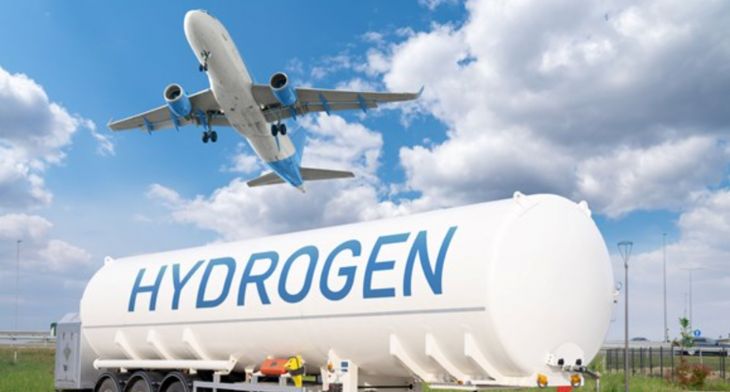


Exeter Airport, alongside Cranfield Aerospace Solutions and ZeroAvia have been selected by the UK’s Civil Aviation Authority (CAA) for its Hydrogen Challenge Sandbox.
The three companies will collaborate to increase industry and regulatory readiness for the introduction of hydrogen fuel and new technologies. The challenge was launched in November 2023 with funding from the Regulator’s Pioneer Fund, to help leverage the potential of hydrogen as a zero-carbon emission aviation fuel and to identify the hazards, risks and safety challenges associated with hydrogen.
Reducing the environmental impact of aircraft turnarounds at Exeter Airport will be the focus of a study carried out by Regional & City Airports (RCA), which owns and operates Exeter), TUI, ULEMCo and Cranfield University. Meanwhile, Cranfield Aerospace Solutions is developing a hydrogen fuel cell drivetrain to be applied to aircraft and aims to conduct ground testing and flight trials this year. ZeroAvia, is also developing hydrogen electric (fuel cell) engines for aviation and already flies a prototype system in a Dornier 228 testbed under a UK CAA Permit to Fly.
Andrew Bell, CEO of RCA, said: “This award builds on the groundbreaking research we are doing with our partners to reduce the environmental impact of aircraft turnarounds at airports.
“Introducing hydrogen fuel to ground operations could be a gamechanger on the journey to net zero and we’re delighted to be part of this exciting and potentially significant project for the global aviation industry.”
He was joined by Tim Johnson, Director of Strategy and Policy at the UK CAA, who added: “They Hydrogen Challenge is key to helping both the sector and the UK CAA to better understand emerging hydrogen technologies and the regulatory steps to progress towards entry into service.
“Working closely with the three selected companies will enable us to take a step closer towards a net-zero aviation sector by supporting the industry to explore how feasible the introduction of hydrogen is and how we can make sure regulation develops with the technology and is fit for purpose.”





